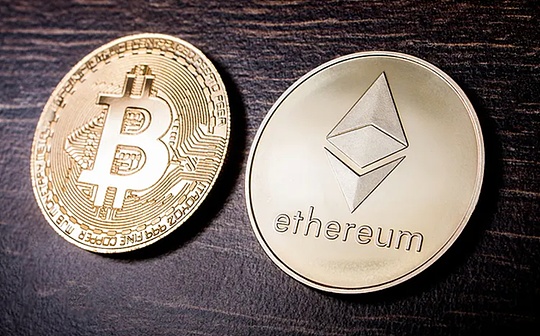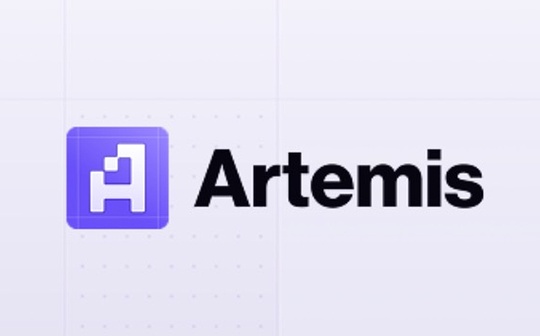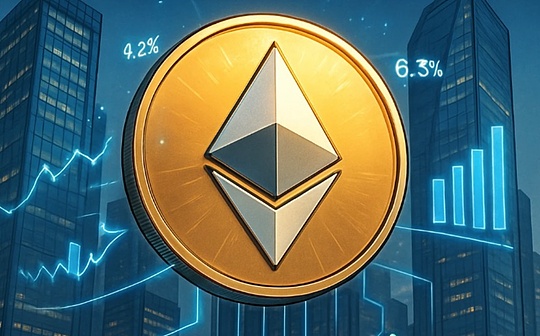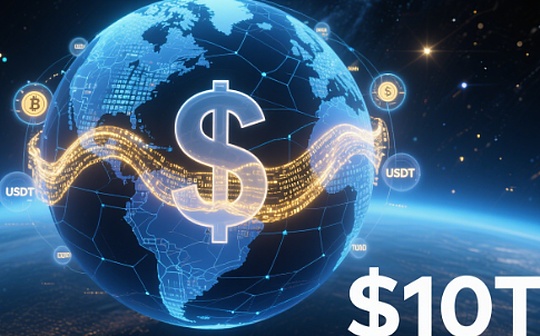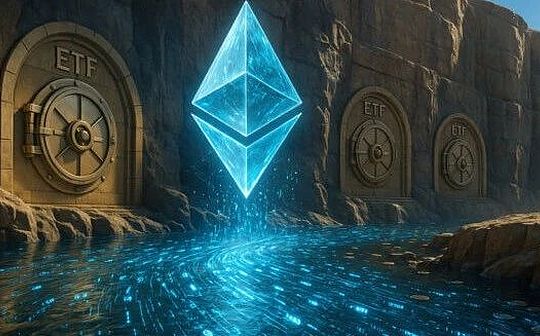
Author: Leo Li, Chief Growth Officer of CARV, Blockworks; Compiled by: Deng Tong, Bitchain Vision
Blockchain games are back and bullish.
The industry grew 33% in the fourth quarter, and trade volume roughly tripled in just six months.But in sharp contrast, traditional games are showing a downward trend.Global mobile gaming revenue has declined for the second consecutive year as developers face market saturation and stagnation of user numbers.
Worse, China unveiled a draft rule limiting spending and rewards on Christmas Eve, resulting in a staggering $80 billion in market caps of top gaming giants.
Faced with regulatory and revenue challenges, we should expect traditional game studios to design other ways to attract and retain users – they will turn to the decentralized model of Web3.
If blockchain games do require more to win—more innovative games from skilled creators—then the gaming industry is on the cusp of mainstream adoption.
Web2’s saturated market and strict rules
Even before the holidays, Web2 games face major challenges.This is due to market saturation, slow growth and tightening regulation leading to lower margins.For example, among the leading game publishers, Tencent and NetEase, which focus on live streaming services, saw revenue decline year-on-year.
In December, China announced new regulations to cut gaming spending will only make it worse.Now, despite attempts to retract the decision, uncertainty remains.
The problem is that there are deeper issues in the entire Web2 gaming field.First of all, after the rapid growth of global live game and mobile game users during the pandemic, the growth rate of users in various regions is currently slowing down.
Secondly, in the face of saturated markets and similar projects, competitive pressure has increased, resulting in higher advertising costs and lower profits.
Third, there are other differentRegulatory issues are at work.GDPR in Europe and CPA in California make personal identification more complex in gaming studios, increasing costs and reducing the effectiveness of brand access to target users.This further reduces user acquisition efficiency—a problem for studios and advertising networks that rely on game advertising revenue.For example, Unity lost $5 billion in market cap after Apple’s app tracking changes in 2022.
Web3 brings more revenue and reduces red tape
Therefore, developers, studios and even advertisers in Web2 are looking for opportunities in the decentralized world of Web3, attracted by the unique advantages it provides for each group.
For example, game developers can avoid fierce competition in popular categories and make it easier to attract gamers in less crowded environments.Blockchain games also have community-driven user acquisition methods that go beyond traditional advertising such as airdrops and in-game assets.And it doesn’t hurt to avoid policy restrictions in some countries by making Web3 games instead of Web2 games.
There are many benefits that are not available in Web2 for games and players in Web3.The game creates and oversees the entire online economy, and players can earn digital assets by playing blockchain games: they can aggregate, control and monetize their identities.In addition to playing games, players canEarn passive income by sharing information with games and engaging in brand interactions.
at last,Advertising networks (whose main advertisers are gaming companies) can work with gaming platforms in Web3, access first-party and zero-party data for better positioning, attribution and understanding.
For the gaming industry at the intersection of revenue and regulation, Web3 is expected to bring a competitive advantage.Even if only some Web2 gamers turn to blockchain gaming, this will greatly improve the quality of games, players and ecosystems throughout the gaming field.Importantly, these are three elements that are needed to become mainstream in the Web3 gaming space.
Blockchain games are ready to become mainstream
Now, with strong quarterly growth heralding another bull market, blockchain gaming is well positioned in the competition with its low entry barriers, top talent and innovative experience.Driven by the entry of AAA game studios and franchisees, the maturity of the market will only further encourage adoption.
This is a turning point.From the decline in users and the decline in profits to stricter supervision, Web2 is facing multiple blockades at the same time.Instead, blockchain games provide revenue and regulatory lifelines.More gaming companies and ecosystem partners are expected to accept it and create “more opportunities.”



